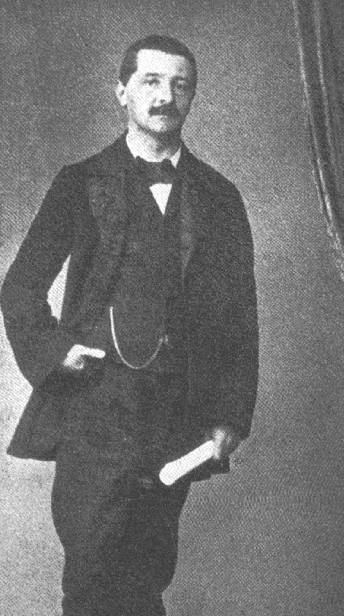Catalogue WAB 9 | ||
 | ||
Composed 1844 (1844)–1845 (1845): Kronstorf Published 1932 (1932): Regensburg | ||
Anton Bruckner composed the Messe für den Gründonnerstag (Mass for Maundy Thursday), a Choral-Messe in F major (WAB 9) for mixed choir a cappella, in 1844 while he was a schoolteacher's assistant in Kronstorf. Bruckner dedicated the work A.M.D.G.
Contents
The work, the manuscript of which is stored in the archive of Wels, was first published in band I, pp. 258–274 of the Göllerich/Auer biography. Thereafter, only the Gradual Christus factus est was issued by Anton Böhm & Sohn in 1931, so that the work was listed by Grasberger as Christus factus est, WAB 9.
The full setting of the mass is edited in Band XXI/5 of the Gesamtausgabe.
Music and text
The work is divided into six parts:
- Gradual Christus factus est, F major
- Credo, F major
- Offertory Dextera Domini, F major
- Sanctus, E-flat major
- Benedictus, G major
- Agnus Dei, D minor
Total duration: about 10 minutes.
This Missa brevis exhibits as the previous Kronstorfer Messe relationships to Palestrina's style. It contained originally no Kyrie or Gloria, but included the Gradual Christus factus est and the Offertory Dextera Domini proper for the feast.
The text of Dextera Domini is derived from Psalm 117 in the Vulgata (Psalms 118:16–17).
As also in the following Missa solemnis, Mass No. 1 and Mass No. 2 the first verse of the Credo is not composed and has to be intoned by the priest in Gregorian mode before the choir is going on. Only the first part of the Credo is composed, until "descendit de caelis". The Sanctus is a slightly modified version of the Sanctus of the Kronstorfer Messe.
The extra fugated Kyrie and Gloria, which were composed in 1845, have been lost.
Use in the modern liturgy
To make the Messe für den Gründonnerstag usable for Eucharist celebration Joseph Messner revised in 1941 the existing movements, and created a Kyrie and a Gloria, by using elements of the Gradual and the Offertory, and organ accompaniment ad libitum.
Discography
There is a single recording of the entire original setting of the Mass:
